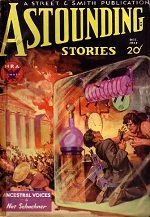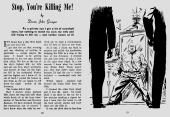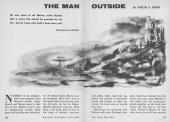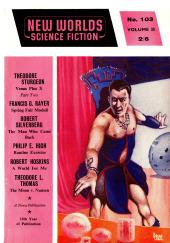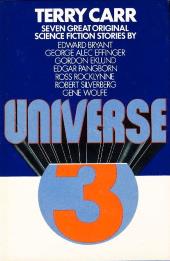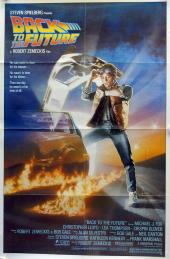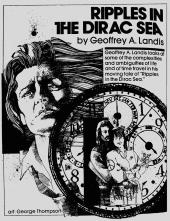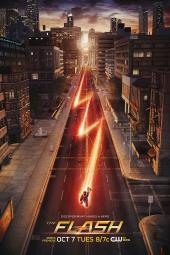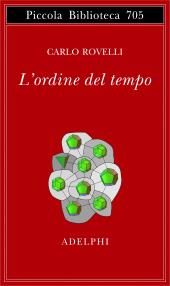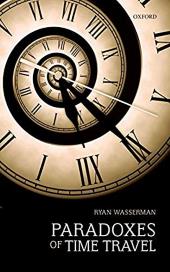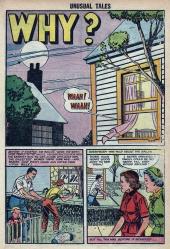Essay Series
The Readers’ Corner
- by multiple writers
- Astounding Stories of Super-Science and its later instantiations, April 1930 to March 1933
Before modern-day blogs and online forums, before Astounding’s Brass Tacks letters’ column, there was Astounding’s first letters column, the Readers’s Corner, where at the leisurely pace of once a month, readers vehemently mixed it up about all topics—including time travel. We’re unlikely to add other letters columns to the ITTDB, but we couldn’t resist these missives. —Ruthie Mariner
Dear Editor: Thus far the chief objection to time traveling has been this: if a person was sent back into the past or projected into the future, it would be possible for said person to interfere most disastrously with his own birth. —Arthur Berkowitz, 768 Beck Street, Bronx, N.Y. (Mar 1932)
Dear Editor: I write this letter to comment, not on the stories, which satisfy me, but on a few letters in the “Corner” of the March issue; especially Mr. Berkowitz’ letter. . . . Since he brought up the question of the time-traveler interfering disastrously with his own birth, I will discuss it. . . . Back he goes into time and meets his grandfather, before his father’s birth. For some reason John kills his grandfather. —Robert Feeney, 5334 Euclid, Kansas City, Mo. (Jun 1932)
Dear Editor: I read and enjoyed Mr. Feeney’s interesting letter in the June issue, but wish to ask: Why pick on grandfather?. . . This incessant murdering of harmless ancestors must stop. —Donald Allgeier, Mountain Grove, Mo. (Jan 1933)

